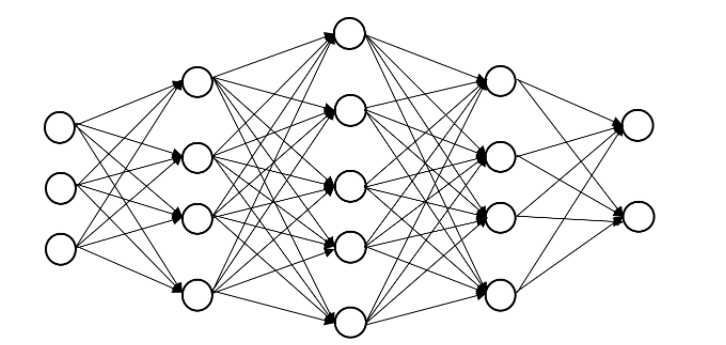Statistics for Data Science
Statistics is the science that concerned with developing and studying methods for collect, organize, analyse and inference of conclusions from quantitative data .
Types of Statistics
Statistics is divided into two categories:
- Descriptive statistics
- Inferential statistics
Descriptive statistics and inferential statistics serve distinct but complementary roles in the field of data analysis. Descriptive statistics primarily involves summarizing and presenting the properties and characteristics of a given population or sample data. This entails computing measures such as mean, median, standard deviation, and quartiles to provide a concise and informative representation of the data's central tendency, variability, and distribution. Descriptive statistics offers valuable insights into the data's patterns and trends, aiding in the understanding of its underlying structure and facilitating data-driven decision-making.
On the other hand, inferential statistics builds upon the information derived from descriptive statistics to draw broader conclusions and make inferences about the entire population based on a representative sample. Inferential statistics involves hypothesis testing, confidence intervals, and regression analysis, among other techniques, to examine relationships, assess the significance of findings, and make predictions about the population from which the sample was drawn.
The notion of a population refers to the complete set of individuals, items, or data points under consideration, while a sample is a subset of the population that is selected to represent it. The process of drawing inferences from the sample to the larger population is crucial in inferential statistics. When the sample is carefully and randomly chosen, it is expected to provide a reliable representation of the population, allowing conclusions to be generalized beyond the sample and applied to the entire population.

Statistics and Data Science
Statistics serves as a fundamental pillar of Data Science, underpinning the entire landscape of Machine Learning algorithms and predictive modeling. Without a solid understanding of statistics, it becomes challenging to grasp the intricacies of data analysis and the nuances of various Machine Learning techniques.
Statistics enables data scientists to make sense of data, extract meaningful insights, and derive actionable conclusions. It equips them with the tools to analyze the distribution of data, identify patterns, and understand relationships between variables. This knowledge is vital for preprocessing data, identifying outliers, and handling missing values, all of which are crucial steps in preparing data for modeling.
When it comes to Machine Learning, statistics plays a central role in model selection, evaluation, and interpretation. It enables data scientists to assess the performance of different algorithms, determine their strengths and weaknesses, and identify the best approach for a given problem. Techniques such as hypothesis testing, confidence intervals, and cross-validation provide a solid statistical foundation for rigorously assessing model performance and generalization.
Conclusion
Statistics forms the bedrock of Data Science, and its intimate relationship with Machine Learning underscores its indispensability in the field. It empowers data scientists to navigate the complexities of data analysis, select appropriate algorithms, and derive actionable insights from data. For anyone aspiring to excel in the world of Data Science and applied Machine Learning, a thorough grasp of statistics is indeed an essential prerequisite.